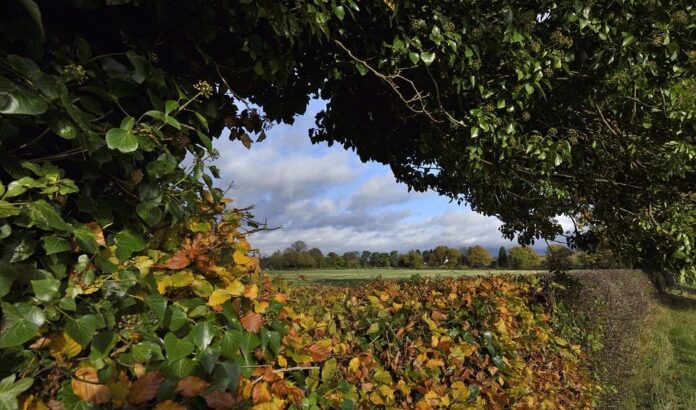In this news article, That’s Farming takes a look at Space for Nature (SFN), also known as AP1, in the DAFM’s new Eco-Scheme, which we previewed in this news article.
Space for Nature (SFN) is classified as agricultural practice one (AP1) that farmers can opt for in the new Eco-Scheme, which could carry a payment rate of circa €60-€65/ha, subject to uptake.
AP1 aims to maintain or create habitats on farms to promote “good” farm practices that contribute to diversity in the landscape.
According to the DAFM, AP 1 strives to:
- Enhance ecosystem services;
- Preserve habitats and landscapes;
- Contribute to halting and reversing biodiversity loss.
The DAFM has classed AP1 as an enhanced option, meaning that it may count as two actions where farmers met the desired obligations.
The Eco-Scheme will reward farmers who allocate at least 7% of their land to the features listed as Space for Nature. In this case, it will count as one Eco-Scheme Practice and is the standard option.
Under the enhanced option, farmers can choose to devote at least 10% of their land to SFN (non-productive areas and landscape features).
Where they do, it will count as two eco-scheme practices and will result in a farmer qualifying for their full Eco-Scheme payment.
Last autumn, the DAFM, through satellite imagery, provided indicative estimates to all farmers, following the mapping of all features (such as hedges, stone walls, drains, scrub, ect) on holdings over an 18-month period.
The DAFM allocated an associated crop weighting to each of the features identified and then provided farmers with an estimated SFN.
Farmers/their appointed FAS advisors must now review if the AP1 estimate (features the DAFM has mapped) is accurate and that features exist on the ground; they are requested to amend accordingly, if desired, before submitting an application.
Eco-Scheme Space for Nature feature/ crop types:
| Copse | Habitat |
| Designated Habitat | Natura – Scrub |
| Fallow | Scrub/rock |
| Habitat | Rock |
| Orchard | ASSAP – Riparian Zone |
| Scrub | Pond |
| Wild Bird Cover | Hedge |
| Woodland | Drain |
| Stone walls | Margin/Buffer (arable) |
| Trees |
In the terms and conditions, the DAFM has stated that:
- Native trees/hedgerows/non-productive features or other elements created as part of an ACRES action such as planting a new hedgerow, planting a traditional orchard, planting trees in riparian buffer zones, tree belts for ammonia capture from farmyards, tree planting, will not qualify towards a farmer’s Space for Nature percentage;
- Native trees/hedgerows planted under Agricultural Practice 4 in the EcoScheme for the farmers 2023 application will not contribute to a farmer’s SFN percentage for 2023. They may contribute to a farmer’s SRN percentage for subsequent years if marked on the map by the farmer/FAS advisor from 2024 onwards.
Penalties:
- If the applicant fails to deliver one of the Agricultural Practices (and assuming they deliver the other in full), they will receive half the EcoScheme payment due, and a 10% penalty will apply for the dropped action;
- If a farmer fails to deliver any AP, no Eco-scheme payment will issue, and a 20% penalty will apply;
- In the case of an enhanced Agricultural Practice and where the participant falls below the requirement of the standard option, no Eco-Scheme payment will issue, and a 20% penalty will apply;
- If an applicant incurs a 10% or 20% penalty, it is applied to the overall Eco-Scheme payment.
Penalty calculation
In its official T&Cs, the DAFM provided the following Eco-Scheme penalty calculation examples:
A farmer with 32 ha opts to deliver the standard option of AP1 and to do the standard option of AP4.
Following verification and checks, it is determined the farmer did deliver AP 1 (7.2% Space for Nature), but failed to deliver AP4 as they did not plant the required number of trees (96) by September 30th, 2023.
Assuming the Eco-Scheme payment rate was €70 per hectare, the participant would have been expecting to receive €2,240 in total or €1,120 per agricultural practice.
Now, they will receive €1,120 for delivering AP1 minus a penalty of 10% of €2,240, which is €224.
As a result, the participant will receive a total Eco-scheme payment of €896.
However, if the farmer had failed to deliver both AP1 and AP4 in this example, they would receive no Eco-Scheme payment of €2,240, and a 20% penalty of that amount or €448 will apply.





